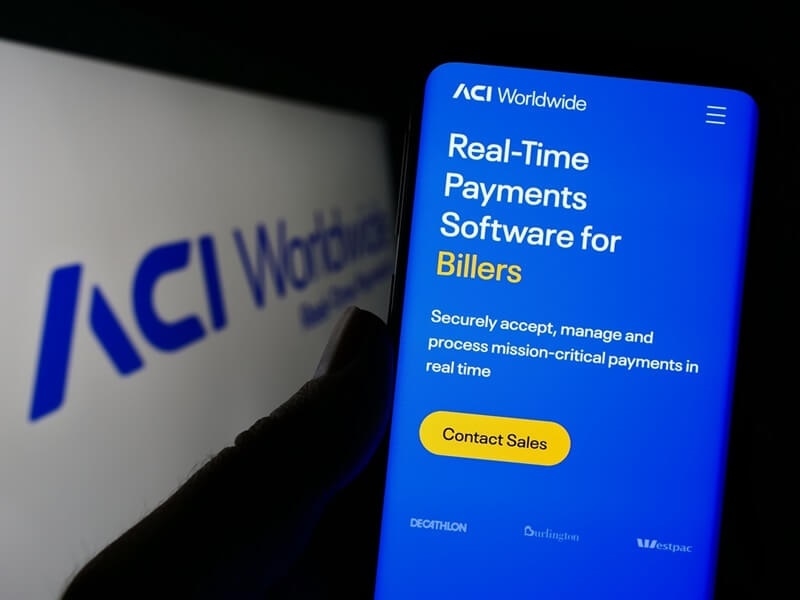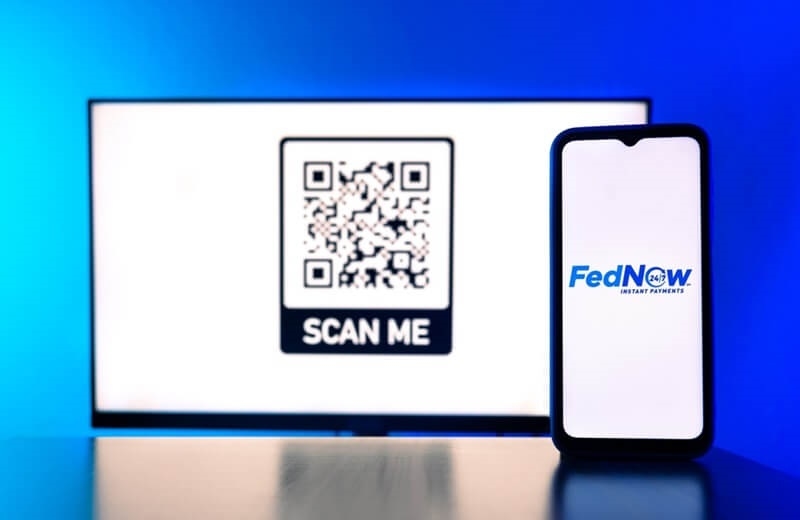How to Safely Use UPI Style Real Time Payments USA

In today's fast-paced digital economy, instant money transfer facilities are an imperative. In India, the UPI (Unified Payments Interface) has revolutionized the way people handle day-to-day transactions—smooth, real-time, and secure. What about America? While there is no such system in place, the United States today has multiple UPI alternatives in USA options through a new real time payments USA infrastructure and instant payment apps US.
In this article, we'll explore the growing economy of real-time payments in America, how to use apps like Venmo and Zelle responsibly, and give you some useful safety tips for mobile payments so you can make full use of these payment systems without jeopardizing your data or money.
The Rise of Real-Time Payments in the U.S.
Real-time payments, also popularly referred to as RTP, refer to electronic payments that are settled in real time. Unlike traditional ways such as ACH transfers or paper checks that take days to settle, real time payments USA platforms allow users to send and receive money within seconds, even during weekends or holidays. The United States has been keeping up with this revolution at breakneck speed, particularly with the Federal Reserve launching its FedNow Service in 2023.
This growing infrastructure will provide instant money movement to consumers as well as business owners, leading to banks providing their users with real-time options. Increased UPI alternatives on USA platforms being available indicates the new norm for the American payments space—quicker, more convenient, and more accessible.

Finding the Best UPI Alternatives in the U.S.
While the U.S. has not yet reached the point of a national government-backed mobile payments platform like India's UPI, some instant payment applications US have filled the gap very effectively.
- One of the leading platforms is Zelle, which effectively interfaces directly with banks and credit unions to facilitate near-instant peer-to-peer payments. When both sender and recipient are enrolled, transfers occur in a matter of minutes.
- Another strong contender is Venmo, which is a social payment app owned by PayPal. Venmo is popular because of its ease and social feed feature, where people can see payment activity between friends. You may be considering how to use Venmo instant transfer, and you just need to connect a debit card and choose the "Instant" option when transferring money to your bank account. Money will usually hit your account in 30 minutes, but there's a small charge.
- Cash App, developed by Block (previously Square), is also gaining momentum. It allows the sending of cash, investment in stocks and Bitcoin, and direct deposits. Like Venmo, it offers instant transfers for a small fee, and its friendly interface draws younger consumers and freelancers especially.
These systems do not have to be part of one system such as UPI, but combined, they form a robust UPI alternative in USA ecosystem to enable millions of transactions each day.
Benefits of Real-Time Payments in the U.S.
There are numerous reasons why real-time payments USA are gaining popularity.
- Consumers don't have to put up with the inconvenience of waiting for days for a transfer to be cleared.
- You can split a restaurant bill, pay your share of rent, or send emergency funds—all instantly.
- For companies, especially smaller and medium-sized businesses, real-time payments give them better cash flow and reduced operating costs.
- Instead of holding checks until they are cleared or normal ACH transfers to settle, companies can pay vendors and receive payment from customers instantly.
- Gig workers and freelancers are also favored by instant payment apps in the US, as they receive payment the day they finish working on a project. This responsiveness promotes financial inclusivity and enables one to be in command of their private finances in actual time.
How to Use Venmo Instant Transfer
It is worth learning for anyone who constantly sends and receives money through the Venmo app to use instant transfer through Venmo.
- You will first need to ensure that your account is verified and linked to an eligible debit card.
- Once you receive money into your Venmo balance, you will then be able to transfer the money into your bank.
- Here, you have the option of "Standard" (1–3 business days) or "Instant."
- Going with the Instant option sends the transfer immediately, which is usually within 30 minutes.
- Venmo does charge a premium for this speed, now about 1.75% of the transfer value, with limits on the minimum and maximum.
- While there is a fee, it is worth learning how to do Venmo instant transfer in case of an emergency or if time is critical, making it a wonderful feature for the majority of users.
Mobile Payment Safety Instructions
As mobile payment services gain traction, so does scambaiting and data hacks. It's important to follow some basic safety instructions for mobile payments to ensure your money and data are safe.
- Start with strong passwords. Use a mix of upper and lower case letters, numbers, and symbols. Avoid using weak passwords like your birth date or your pet's name.
- Two-factor authentication (2FA) should also be enabled on all US instant payment apps to add another layer of protection.
- Another critical tip is to never make transactions over public Wi-Fi networks. These networks are most often unsecured, and thus, your data can easily be intercepted by hackers.
- Choose a mobile data network or a secure Wi-Fi connection.
- Also, ensure the recipient's information is kept confidential before making a transfer. A single misplaced digit or misspelled username will pay the money to the wrong person. Most real time payments USA applications do not have an undo or reversal option after making a payment.
- It's worth staying up to date with your device and app. Most updates have significant security patches.
- Combine that with good device hygiene—like only giving app permissions on an as-needed basis and not exposing your screen during a transaction—and you reduce your exposure significantly.
These cell phone payment safety measures aren't recommendations; they're requirements in today's more digital financial landscape.
Comparing U.S. Real-Time Payment Services
While there isn't a single platform dominating the market, such as UPI does for India, it's valuable to compare real time payment services USA to see what suits your specific requirements. Some of the platforms are integrated into your banking app, some operate independently. Some of them offer free transfers but take up to a few days, and others offer instant payout but charge.
- Zelle, for example, is most appropriate for users who have banks that natively offer it. Since it doesn't require a separate app, it feels more built-in and has zero-fee instant payments between banks. But it lacks some of the social features and visibility of something like Venmo or Cash App.
- Venmo, on the other hand, is simple and feature-rich, especially when it comes to social payments. However, its users have to weigh the convenience of instant transfer against the small fee it charges.
- Cash App is popular with gig workers partly because it offers investment and direct deposit features. It has also gained popularity for its simple interface and speedy processing.
By taking the time to compare real time payment services USA, customers can choose the top app based on speed, cost, features, and user interface. There is no one-size-fits-all, but the diversity of choices is strength, not weakness.
The Future of Real-Time Payments in the U.S.
The introduction of FedNow is a good step forward. It is a Federal Reserve program that allows participating banks and credit unions to send and receive round-the-clock, real-time payments. It envisions more integration of real time payments USA in everyday financial transactions, without the need for third-party apps.
With more institutions adopting FedNow, we expect settlement of funds in the U.S. to change dramatically. National banks and regional credit unions, along with smaller institutions, will have access to the infrastructure to offer RTP services. Over time, it could become the most comprehensive UPI alternative in USA, especially as consumers and businesses begin to embrace instant settlement versus delayed settlement.
Conclusion
As the rule rather than the exception, mobile payments continue to help America develop its digital payment infrastructure. While it doesn't yet possess the kind of system like UPI, the presence of UPI alternatives in USA apps like Zelle, Venmo, and Cash App—and the infrastructure development via FedNow—has given a solid ecosystem for real-time payments USA.
The key is making informed choices. Get to know how to use Venmo instant transfer, know the security features in your app, and apply the best mobile payment safety measures. Sharing a bill, paying a freelancer, or sending money to family, always take time to study the conditions and features in the app.
This content was created by AI

